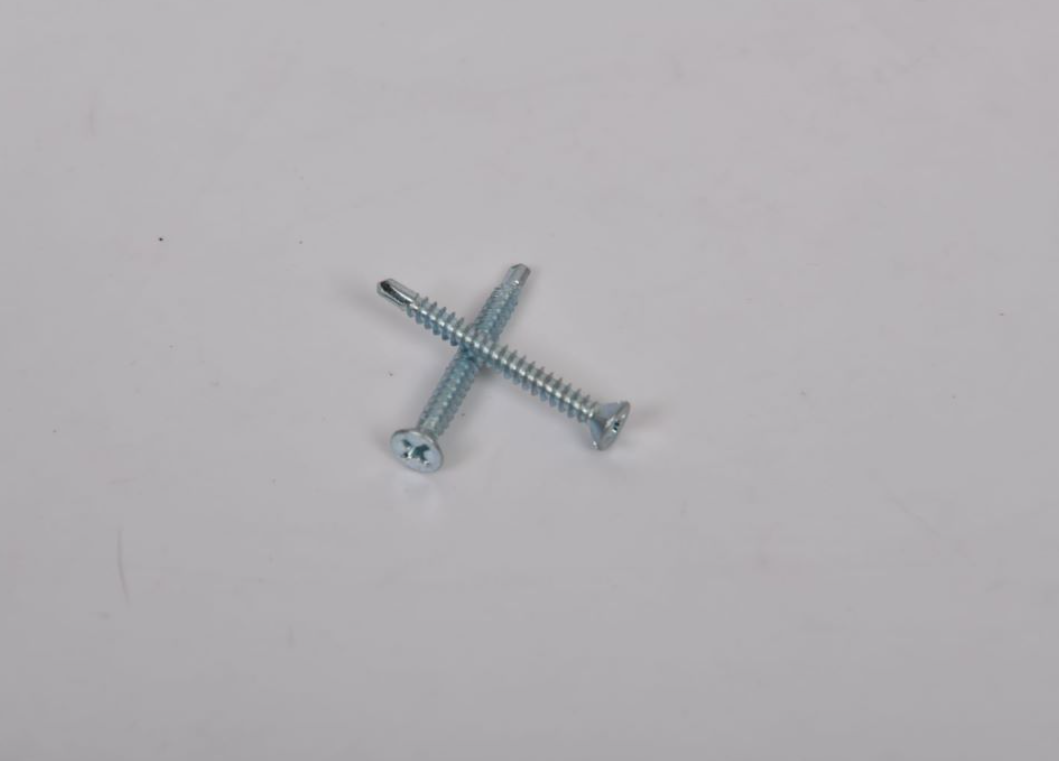Self-tapping Screw Production Facility for Enhanced Construction Efficiency and Quality
Understanding Self-Drilling Screw Factories A Comprehensive Overview
Self-drilling screws are essential components in modern construction and manufacturing, known for their efficiency and reliability. These screws eliminate the need for pre-drilling, thanks to their unique design, which features a drill bit tip that allows them to create their own hole as they are driven into materials. As the demand for self-drilling screws continues to rise, factories dedicated to their production have become increasingly important. This article delves into the operations, benefits, and significance of self-drilling screw factories.
The Manufacturing Process
At the heart of any self-drilling screw factory is a sophisticated manufacturing process designed to ensure precision and quality. The production begins with high-quality steel, which is selected for its strength and durability. Steel is usually cold-formed to produce the desired shape and dimensions. The process involves several key steps, including
1. Wire Drawing Steel wire is drawn into thinner strands to create the main body of the screws.
2. Heading The drawn wire is then cut into various lengths and formed into the screw head using a cold heading machine. This machine applies significant pressure to shape the wire into a head, ensuring it can accommodate various drive types (such as Phillips or Torx).
3. Drilling Tip Formation Following heading, the drill tip is created using specialized machines. This step is crucial, as the drill point must be sharp and precisely angled to give the screw its self-drilling capabilities.
4. Thread Rolling Once the head and tip are formed, the next step is to create the threaded shaft. This is typically achieved through a rolling process that compresses the metal and forms the threads, resulting in stronger threads than those created by cutting.
5. Heat Treatment To enhance the strength and resistance of screws, heat treatment is often applied. This process involves heating the screws to a high temperature followed by a rapid cooling process, which strengthens the material.
6. Surface Coating To protect screws from corrosion and wear, they are coated with various surface finishes. Common coatings include zinc plating, black oxide, or other specialized coatings that provide additional resistance to environmental factors.
self drilling screw factory

7. Quality Control After manufacturing, each batch of screws undergoes rigorous quality control testing. This includes checks for strength, dimensional accuracy, and coating integrity, ensuring that only products that meet strict standards reach the market.
Benefits of Self-Drilling Screws
Self-drilling screws offer numerous advantages over traditional screws. Their design makes installation faster and reduces labor costs, as workers do not need to drill pilot holes before securing materials together. This feature is particularly valuable in applications where time and efficiency are critical, such as in construction or manufacturing.
Furthermore, self-drilling screws improve the integrity of connections in structural applications. Their ability to create a tight fit allows for enhanced load-bearing capacity, reducing the risk of failure over time. Additionally, they are available in various sizes and styles, making them versatile for multiple applications, from metal roofing to wood fastening.
The Future of Self-Drilling Screw Factories
With the ongoing advancements in manufacturing technologies and materials science, self-drilling screw factories are positioned for growth. The increasing demand for sustainable construction practices and energy-efficient materials is driving innovations in screw design and production processes. Factories are exploring green practices, including the use of recycled materials and eco-friendly coatings.
Moreover, as the construction and automotive industries evolve, custom solutions will become more prevalent. Factories that can adapt to the changing needs of these industries by providing tailored screw solutions will likely thrive in the competitive market.
Conclusion
Self-drilling screw factories play a vital role in the supply chain of modern construction and manufacturing. Their ability to produce high-quality, reliable fasteners contributes significantly to the efficiency of various projects. As technology progresses and industry demands evolve, these factories will continue to innovate, shaping the future of construction and ensuring that self-drilling screws remain a staple in building practices worldwide.
-
Top Choices for Plasterboard FixingNewsDec.26,2024
-
The Versatility of Specialty WashersNewsDec.26,2024
-
Secure Your ProjectsNewsDec.26,2024
-
Essential Screws for Chipboard Flooring ProjectsNewsDec.26,2024
-
Choosing the Right Drywall ScrewsNewsDec.26,2024
-
Black Phosphate Screws for Superior PerformanceNewsDec.26,2024
-
The Versatile Choice of Nylon Flat Washers for Your NeedsNewsDec.18,2024










